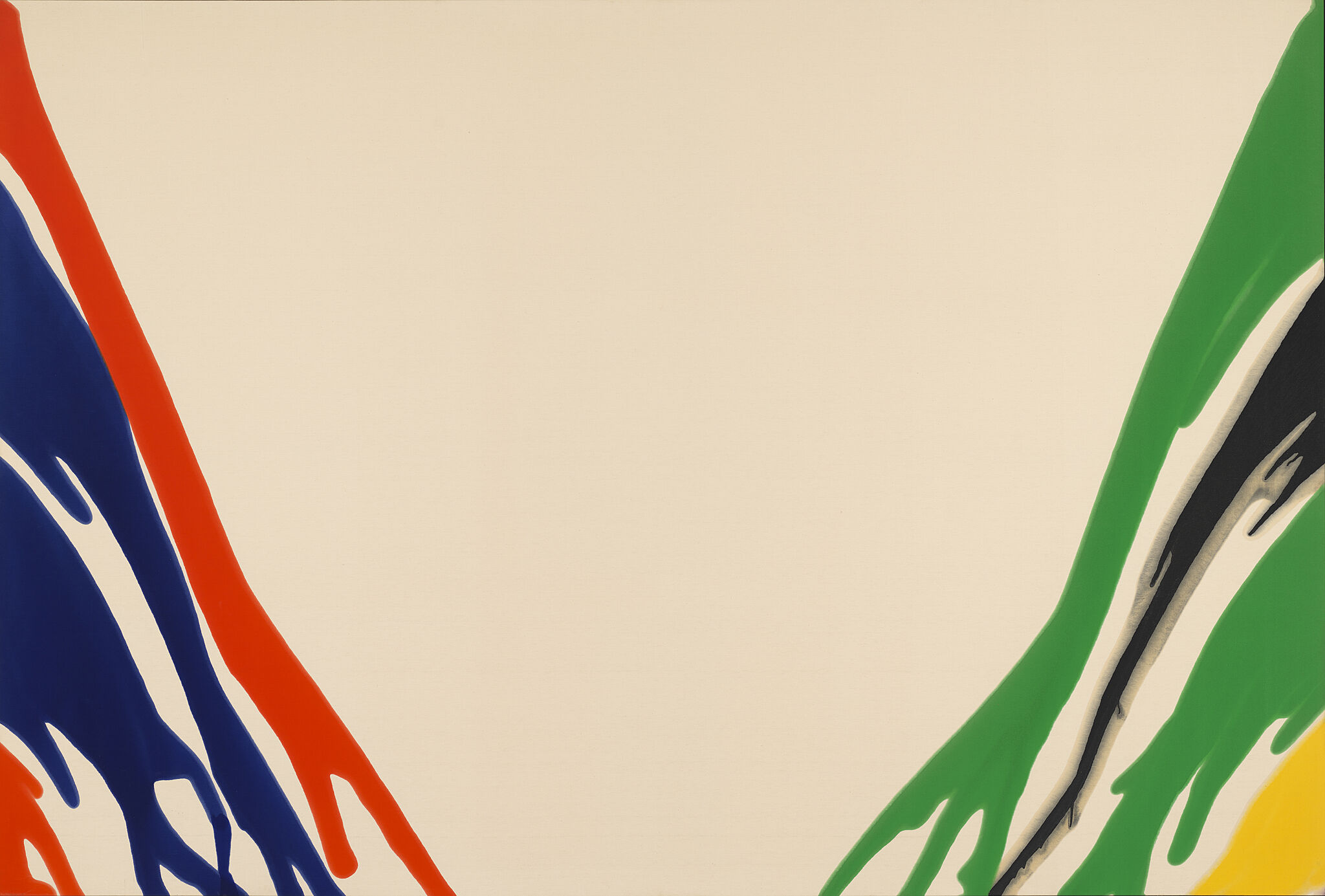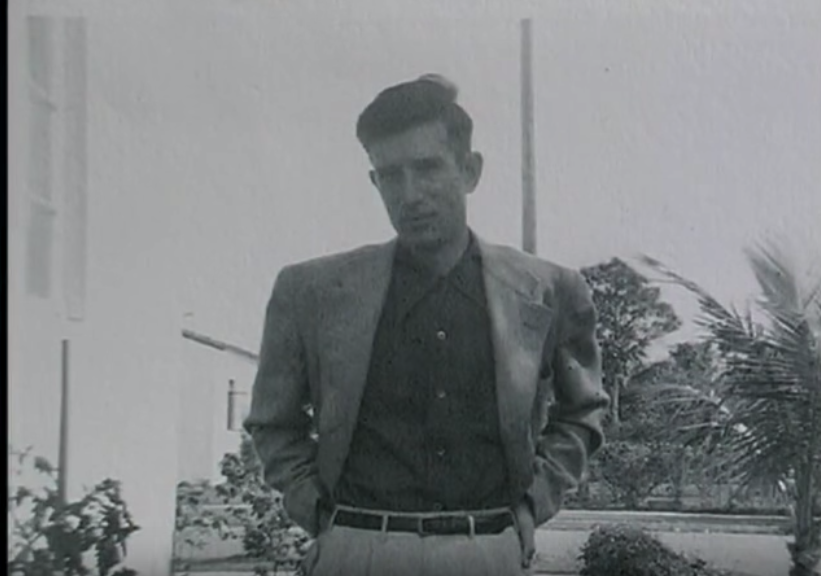Spilling Over: Painting Color in the 1960s | Art & Artists
Mar 29–Aug 18, 2019
Spilling Over: Painting Color in the 1960s | Art & Artists
Morris Louis
11
In Morris Louis’s Gamma Delta brightly colored, poured ribbons of paint uncoil to the bottom edge of the canvas, leaving a void in the center. To make the work, Louis stained the canvas by diluting and pouring synthetic paints onto its surface, allowing the colors to spread and bleed. Critic and friend Clement Greenberg observed that color in Louis’s paintings almost seemed “disembodied.” Louis explored the technique for nine years, in response to the paintings of Jackson Pollock and especially to those of Helen Frankenthaler, whose studio Louis visited in 1953.


